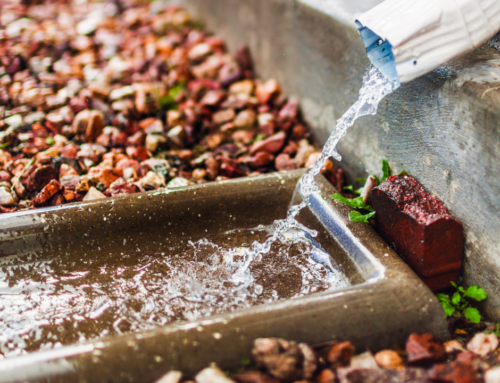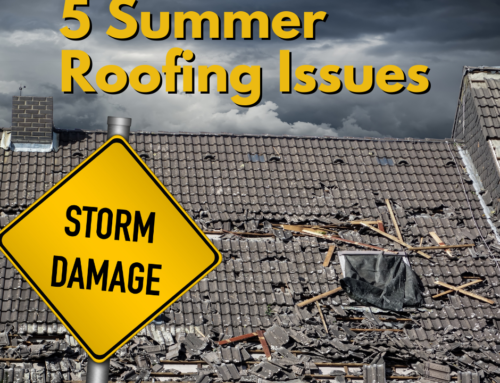 When it comes to selecting the color of your roof, especially in hot climates, it’s important to consider more than just aesthetics. The color of your roof can significantly impact the temperature inside your home and the overall energy efficiency of your property. In this blog post, we will explore the factors to consider when choosing the right roof color for hot climates and provide insights into the best color options for maximum comfort and energy savings.
When it comes to selecting the color of your roof, especially in hot climates, it’s important to consider more than just aesthetics. The color of your roof can significantly impact the temperature inside your home and the overall energy efficiency of your property. In this blog post, we will explore the factors to consider when choosing the right roof color for hot climates and provide insights into the best color options for maximum comfort and energy savings.
Reflectivity and Solar Heat Gain
In hot climates, it’s crucial to prioritize roof colors with high reflectivity and low solar heat gain. Reflectivity refers to the ability of a surface to reflect sunlight, while solar heat gain refers to the amount of heat absorbed by a surface. Light-colored or white roofs tend to have high reflectivity and low solar heat gain, making them ideal for hot climates. These roofs reflect a significant portion of the sun’s rays, reducing heat absorption and keeping your home cooler. Hgtv.com has more details on popular roofing colors.
Energy Efficiency and Cool Roofs
Opting for a cool roof can greatly enhance the energy efficiency of your home in hot climates. Cool roofs are designed to reflect more sunlight and absorb less heat compared to traditional dark-colored roofs. They help reduce the amount of heat transferred to the interior, thus lowering cooling costs and decreasing the reliance on air conditioning. White or light-colored roofs, as well as specialized reflective coatings, can achieve the desired cool roof effect.
Climate Considerations
While light-colored roofs are generally recommended for hot climates, it’s essential to consider the specific climate and regional factors. In extremely hot and sunny areas, where the need for cooling is significant, white or light-colored roofs are optimal. However, in some climates, where heating is more of a concern than cooling, darker roofs can help absorb heat during colder seasons. Consulting with local roofing experts or energy efficiency specialists can provide valuable insights into the most suitable roof color options for your specific climate.
Building Design and Aesthetics
While energy efficiency is paramount, the aesthetics and architectural style of your home should also be considered. The roof color should complement the overall design and blend harmoniously with the surroundings. Lighter shades, such as beige, light gray, or even pastel hues, are versatile choices that can enhance curb appeal and create a visually pleasing appearance. Additionally, some homeowners’ associations or local regulations may have guidelines regarding roof color options, so it’s important to check any applicable restrictions.
Durability and Maintenance
The durability and longevity of roofing materials can be influenced by color choice. Darker colors tend to absorb more heat, which can lead to accelerated degradation of certain materials over time. However, advancements in roofing technology have made it possible to manufacture dark-colored roofs with reflective properties, mitigating potential damage. Additionally, regular roof maintenance, regardless of the color, is essential for maximizing its lifespan and performance in any climate. Thespruce.com offers a more in-depth look at the longevity of different materials.
Choosing the right roof color for hot climates involves a careful balance between energy efficiency, climate considerations, building design, and durability. Prioritizing reflective and cool roof options will help keep your home cooler, reduce energy consumption, and enhance overall comfort and sustainability. Contact us for a free inspection and estimate.



